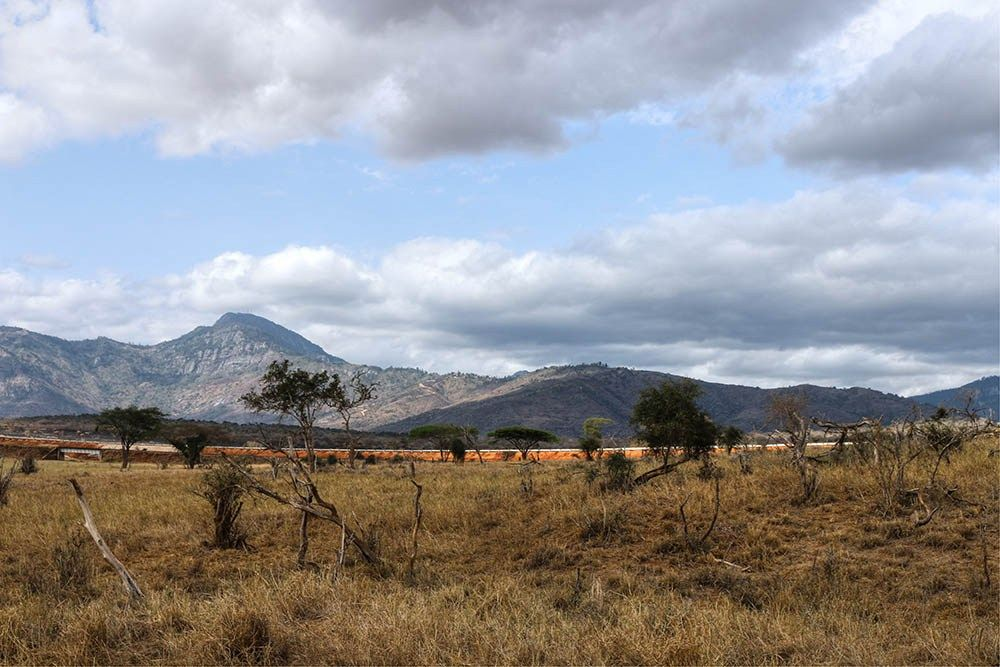In distant islands, researchers are investigating how genomes are jumping between species. The genome exchange over species is known in the world of bacteria. But populations with limited living space are good subjects for research on how genomes jump between higher and more complicated species. The main genome transporter is retroviral. But there is also the possibility.
That insects or some other more complicated parasites are transferring blood or some other cells between species. And those cells can also transport genomes between distances. There is the possibility that the DNA bites can jump between species.
Those DNA bites can connect to the genomes of the new species. When animals are on distant islands. If they have no mates from the same species they can also make crossbreeds. In some distant islands lives their species.
But there are also "islands" on dry lands things like Taita-hills in southern Africa offer a similar place for evolution with distant islands. Those dry-land islands like Taita or some high mountains like Kilimanjaro or Mt. Kenya are places where evolution can follow a similar timeline to those remote areas.
Taita Hills are forming the dry land island.
In remote or isolated areas, some animals degenerate. Degeneration makes the immune defense weak. That thing makes it possible that retroviruses can transfer genomes more effectively than if the species' immune defense works as it should.
In genetic research, the term "island" means an area that isolates the population. Things like city parks form man-made isolated islands where the population lives isolated. And there is the possibility that the creatures can separate from their main species. That thing happened in Galapagos. But also other isolated areas are offering a platform where that separation can happen.
New York Central Park is one of the man-made islands.
Things like New York Central Park are man-made islands if we think of them as isolated places. The Streets and buildings are forming hostile areas around those parks. And in those areas, little animals like insects and mice are in extreme danger. In those areas, some cats and vehicles can kill those small animals.
From the perspective of animals living in those parks, those areas are actually in the middle of the desert. And that thing can cause similar genome exchange between species. There are not so many cats or some small predators in the city parks. That thing forms the place where genomes can jump between species.
Hostile areas around the environment can isolate them very effectively. The thing that forms an evolutionary island is the area that isolates the population in some areas.
The island must not be very far away from the mainland that it forms an isolated area. Hindrances are not necessarily natural.
Humans can also make islands where the animal populations are very isolated. Things like highways and cities can form areas that can isolate the population in areas. Animals can find a safe place against predators from city parks. And that thing causes degeneration as I wrote earlier.
In closed areas, retroviruses can jump between species because individuals degenerate. Degeneration causes the immune defense of individuals is collapsing. And that thing makes it possible. DNA bites and viruses can connect to other species more effectively than usual.
https://www.quantamagazine.org/how-genes-can-leap-from-snakes-to-frogs-20221027/
Images: Pinterest
https://anewtonsapple.blogspot.com/



Comments
Post a Comment